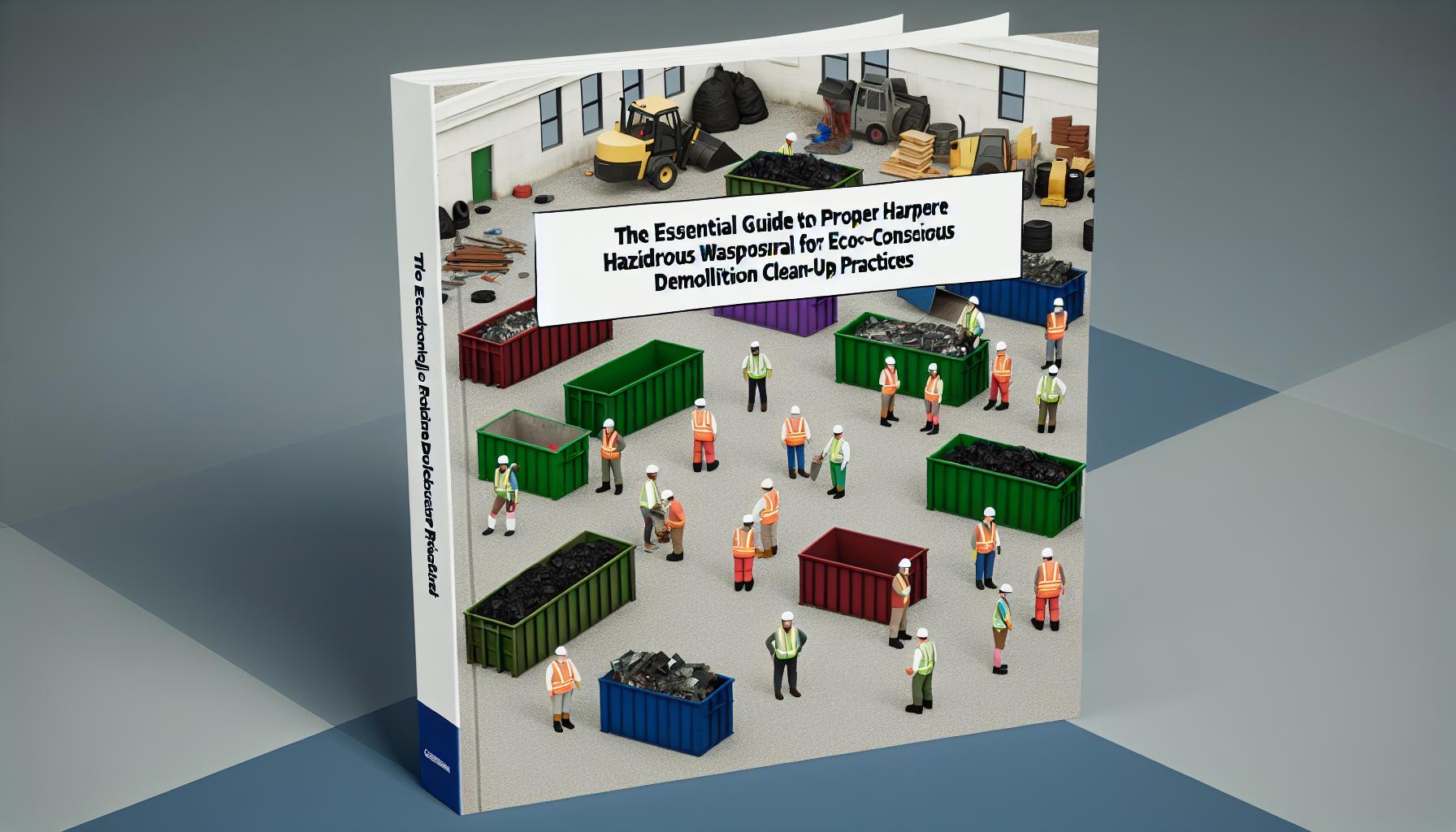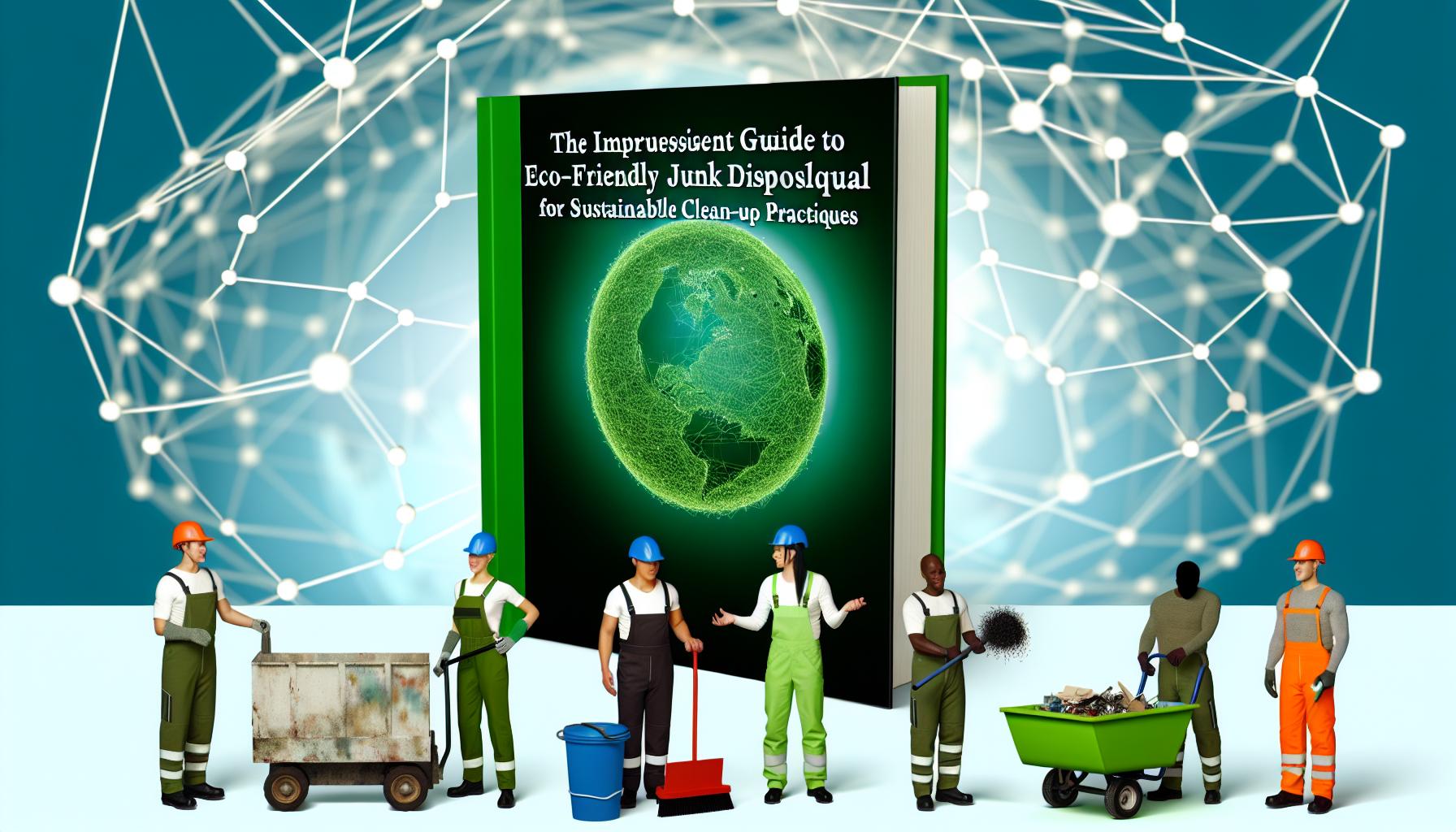.loader { border: 16px solid #f3f3f3; border-top: 16px solid #3498db; border-radius: 50%; width: 120px; height:…

The Essential Guide to Proper Hazardous Waste Disposal for Eco-Conscious Demolition Clean-Up Practices
The Essential Guide to Proper Hazardous Waste Disposal for Eco-Conscious Demolition Clean-Up Practices
When it comes to demolition clean-up practices, proper hazardous waste disposal is crucial for maintaining a sustainable environment. As a demolisher and junk hauler, it is important to prioritize eco-conscious practices to protect the surrounding areas and communities where you work. In this guide, we will discuss the essential steps and techniques for safely disposing of hazardous waste during demolition clean-up.
Demolition clean-up practices involve removing debris, junk, and waste materials from a site to prepare it for future development or renovation. This process often generates hazardous waste that must be handled and disposed of properly to prevent harm to the environment and public health.
Understanding Hazardous Waste
Before diving into proper disposal techniques, it’s essential to understand what constitutes hazardous waste. Hazardous waste is any material that poses a threat to human health or the environment due to its chemical composition or physical properties. This can include toxic substances, flammable materials, corrosive liquids, and more.
During demolition clean-up, hazardous waste can come in the form of lead-based paint, asbestos-containing materials, solvents, pesticides, and other dangerous substances. It is crucial to identify and segregate hazardous waste from non-hazardous materials to ensure proper disposal.
Proper Hazardous Waste Disposal Techniques
1. **Identification**: The first step in proper hazardous waste disposal is identifying the types of hazardous materials present on the site. This can be done through visual inspections, testing, and reviewing material safety data sheets.
2. **Segregation**: Once hazardous materials are identified, they should be segregated from non-hazardous waste to prevent contamination. This can be done by using separate containers or designated areas for hazardous waste storage.
3. **Containerization**: Hazardous waste should be stored in approved containers that are labeled with the contents and potential hazards. This helps ensure safe handling and transportation of the waste.
4. **Transportation**: When transporting hazardous waste off-site for disposal, it is essential to comply with all regulations and guidelines set forth by local authorities. This may include using licensed carriers and obtaining necessary permits.
5. **Disposal**: Hazardous waste should be disposed of at authorized treatment, storage, and disposal facilities (TSDFs) that are equipped to handle such materials safely. Improper disposal can lead to pollution and environmental damage.
Benefits of Proper Hazardous Waste Disposal
Proper hazardous waste disposal not only protects the environment and public health but also minimizes the risk of legal consequences and financial liabilities. By following eco-conscious demolition clean-up practices and ensuring the safe disposal of hazardous waste, you can build a positive reputation as a responsible and sustainable demolisher and junk hauler.
For more information or tips on sustainable demolition clean-up practices, you might also be interested in our blog post: Maximizing Efficiency in Sustainable Junk Hauling Practices for Residential Properties.
If you need help with proper hazardous waste disposal or any other demolition clean-up services, contact Big Boys Junk Removal today. Our team is dedicated to providing efficient, eco-friendly solutions for all your demolishing and junk hauling needs.

